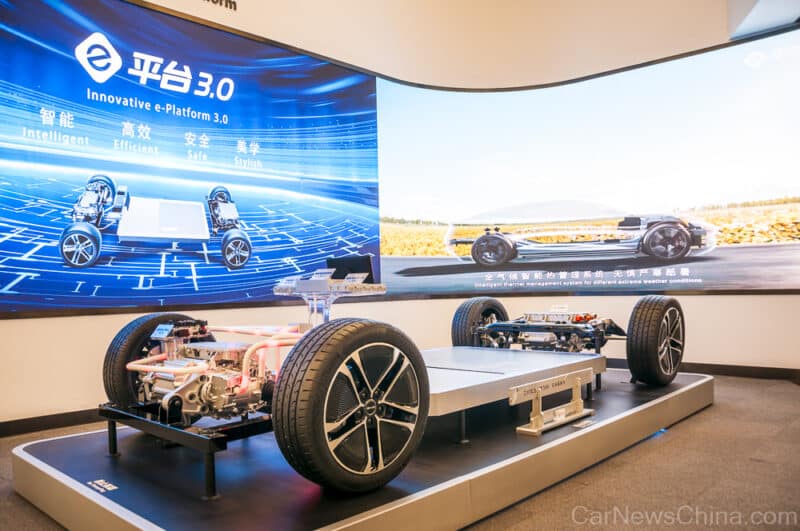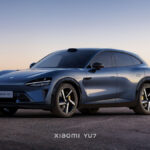BYD is gearing up to introduce its second-generation blade battery in the first half of 2025, with a target of reducing costs by 15%. This new iteration, known as the blade battery 2.0, is set to boast an impressive energy density of up to 210 Wh/kg and support a peak discharge rate of 16C. These enhancements mark a significant step forward for BYD in the realm of battery technology.
The upcoming blade battery will be available in two formats: a short blade version featuring a lithium iron phosphate (LFP) chemistry with an energy density of 160 Wh/kg and a maximum discharge rate of 16C, as well as an 8C charge rate. On the other hand, the long blade format will offer even higher energy density, reaching up to 210 Wh/kg, along with an 8C discharge rate and a 3C charge rate.
The concept of C rate, which measures the rate at which a battery can charge or discharge relative to its total capacity, is crucial in understanding the capabilities of these batteries. A higher C rate indicates faster charging or discharging times, with 1C representing a full charge in one hour. The improved characteristics of the blade battery 2.0 promise enhanced performance and efficiency.
BYD is determined to drive down costs, particularly for the higher energy density version of the blade battery, with a targeted reduction of 15% compared to the current model. Despite the challenges in production scalability and limited leverage over suppliers, BYD aims to offer competitive pricing for its cutting-edge battery technology.
In response to the evolving market dynamics, major players like CATL have been slashing prices and promoting LFP batteries for entry-level electric vehicles. This shift has sparked a price war among battery manufacturers, with the focus now shifting towards premium offerings at competitive prices.
According to Goldman Sachs Research (GSR), battery prices are expected to see a significant decline by 2026, dropping nearly 50% from current levels. This downward trend reflects the intense competition and ongoing innovations in the battery industry, driving prices down to make electric vehicles more accessible to consumers.
In the competitive landscape of EV batteries, CATL has emerged as a market leader, with substantial growth driven by the popularity of LFP batteries. Meanwhile, BYD has maintained its market presence with a strong focus on LFP batteries, showcasing steady growth in battery installations.
As the industry continues to evolve, the advancements in battery technology are poised to revolutionize the electric vehicle market. With BYD’s upcoming blade battery 2.0 and the fierce competition among battery manufacturers, consumers can look forward to more affordable and efficient electric vehicles in the near future.






